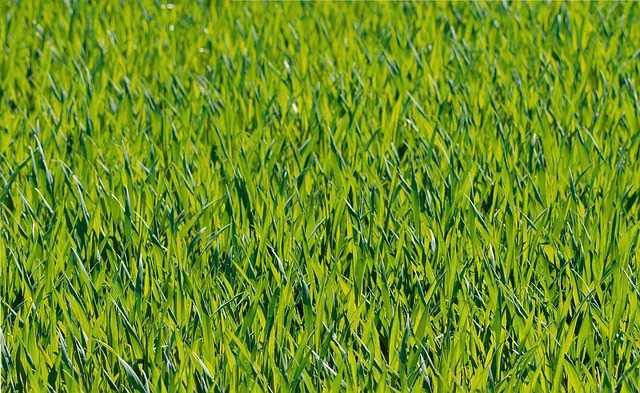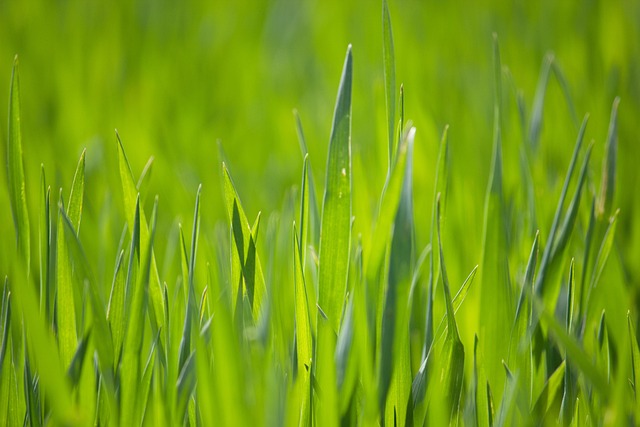Overseeding combined with strategic herbicide application is a powerful duo for enhancing lawn health and density in challenging environments like Wheat Ridge's right-of-way areas. Key steps include identifying local weed species, selecting the right herbicides based on soil type and climate, proper timing during cool seasons, preparing the lawn through aeration and dethatching, regular watering and mild fertilization, and ongoing maintenance with follow-up herbicide treatments. This tailored approach ensures a lush, healthy lawn capable of outcompeting weeds.
“Lawn plant overseeding is an essential maintenance strategy for lush, vibrant greenery. This article guides you through the art of enhancing lawn health with a focus on Herbicide Application for Right-of-Way Vegetation in Wheat Ridge—a crucial aspect of landscape management.
We’ll explore ‘Understanding Overseeding’ to uncover the basics for optimal lawn care. Additionally, our comprehensive ‘Comprehensive Guide’ for Wheat Ridge offers practical tips on herbicide application, ensuring your right-of-way vegetation stays controlled. Learn how to create a tailored maintenance plan, leveraging expert strategies for top-notch lawn upkeep.”
- Understanding Overseeding: The Basics of Enhancing Lawn Health
- Herbicide Application for Right-of-Way Vegetation: A Comprehensive Guide for Wheat Ridge
- Creating a Maintenance Plan: Tips and Strategies for Optimal Lawn Care
Understanding Overseeding: The Basics of Enhancing Lawn Health

Overseeding is a strategic process that involves planting new grass seed over an existing lawn to enhance its density, thickness, and overall health. It’s particularly beneficial for lawns struggling with thin areas or those facing competition from weeds and other vegetation. By incorporating herbicide application as part of your overseeding plan, especially for right-of-way vegetation in Wheat Ridge, you can ensure that the new grass seeds have a clean playing field to flourish. This involves selectively controlling unwanted plants without harming the newly planted grass seeds.
Understanding when and how to overseed is crucial for maintaining a vibrant lawn. Timing is key; it’s best to perform this process during the cool seasons when grass grows most actively. Proper preparation, including aeration and dethatching if needed, ensures that the soil is in optimal condition for seed germination. Regular watering and mild fertilization further support the new grass as it establishes itself, leading to a lush, healthy lawn that outcompetes weeds and other invasive vegetation, even in challenging environments like Wheat Ridge’s right-of-way areas.
Herbicide Application for Right-of-Way Vegetation: A Comprehensive Guide for Wheat Ridge

In Wheat Ridge, effective herbicide application for right-of-way vegetation is a key component of any well-rounded lawn plant overseeding maintenance plan. The first step involves identifying and understanding the specific types of weeds prevalent in the area, as different herbicides are designed to target various species. Local environmental conditions, including soil type and climate, also play a crucial role in determining the most suitable herbicide for optimal control.
For best results, consider engaging the services of a professional who can assess the situation and apply herbicides precisely, minimizing environmental impact while ensuring maximum weed suppression. Timing is essential; applications are typically most effective during specific growth stages of weeds. Regular maintenance includes follow-up treatments as new weeds emerge, making it a continuous process that requires vigilance and expertise.
Creating a Maintenance Plan: Tips and Strategies for Optimal Lawn Care

Creating a Maintenance Plan is essential for achieving and maintaining a lush, healthy lawn, especially when considering regular herbicide application for right-of-way vegetation in Wheat Ridge. The first step involves understanding your lawn’s unique needs. Different grass species have distinct requirements regarding sunlight, water, and nutrients. Identify the primary type of grass in your yard to tailor your care accordingly. Regularly assess factors like foot traffic, shade exposure, and surrounding plants or structures that might impact growth.
Strategize throughout the year: Spring and fall are typically optimal for overseeding, allowing new grass seeds to establish before winter or heatwaves. Incorporate a balanced fertilizer in early spring and late summer to encourage robust growth. Schedule regular mowing, aiming for 2-3 cuts per week, removing no more than one-third of the grass blade at a time. Regularly monitor and control weeds through targeted herbicide application, ensuring it aligns with local regulations. Consistent moisture is key; water deeply but less frequently to promote deep root growth.
In conclusion, implementing a well-structured lawn plant overseeding maintenance plan, including strategic herbicide application for right-of-way vegetation in Wheat Ridge, is key to achieving and maintaining a lush, healthy lawn. By following the comprehensive guide provided on herbicide use and incorporating tips from creating an optimal maintenance plan, you can ensure your lawn stays vibrant and free of unwanted weeds. Remember, proper care and regular attention are essential for a beautiful outdoor space that enhances your property’s value.
